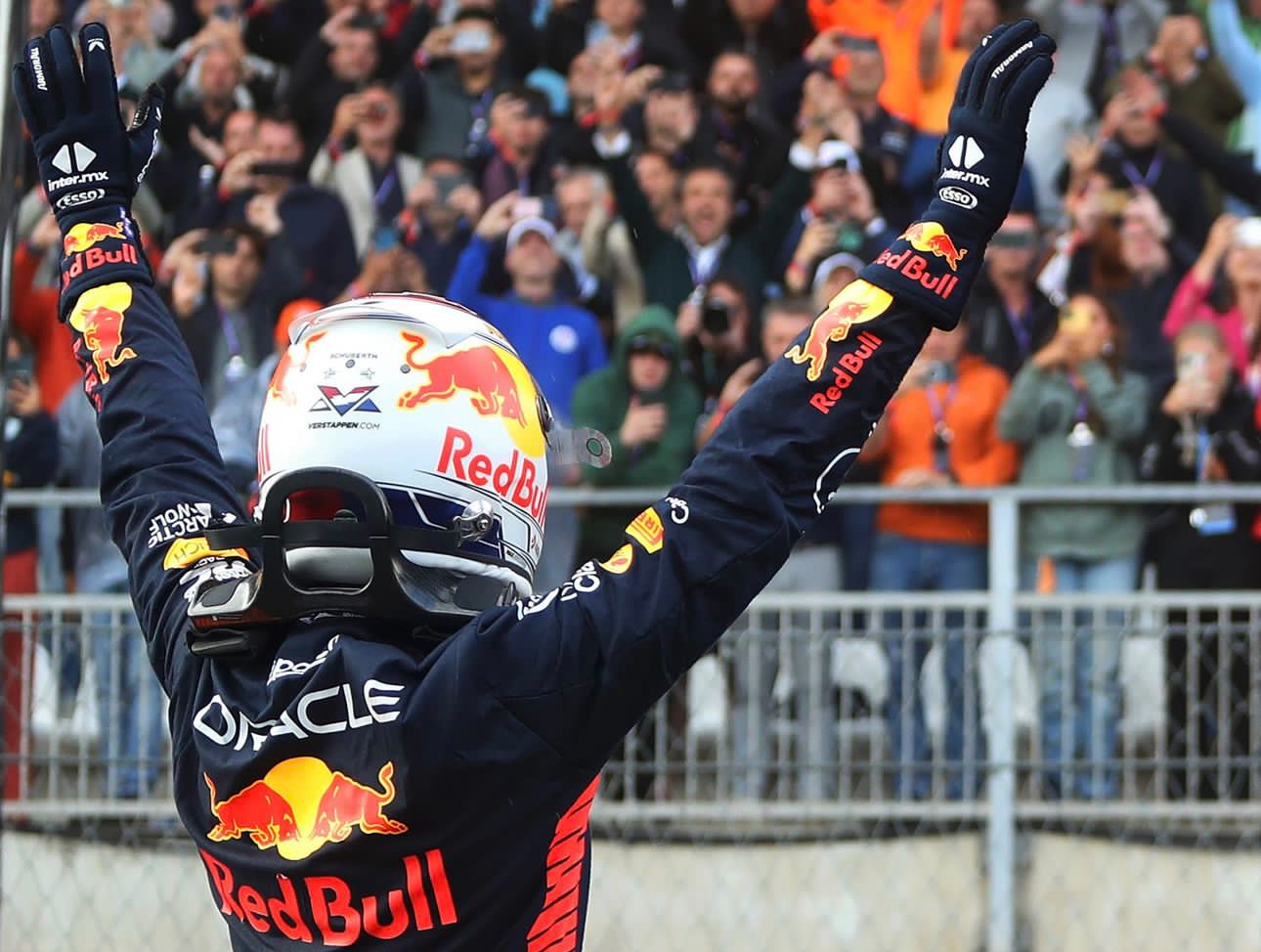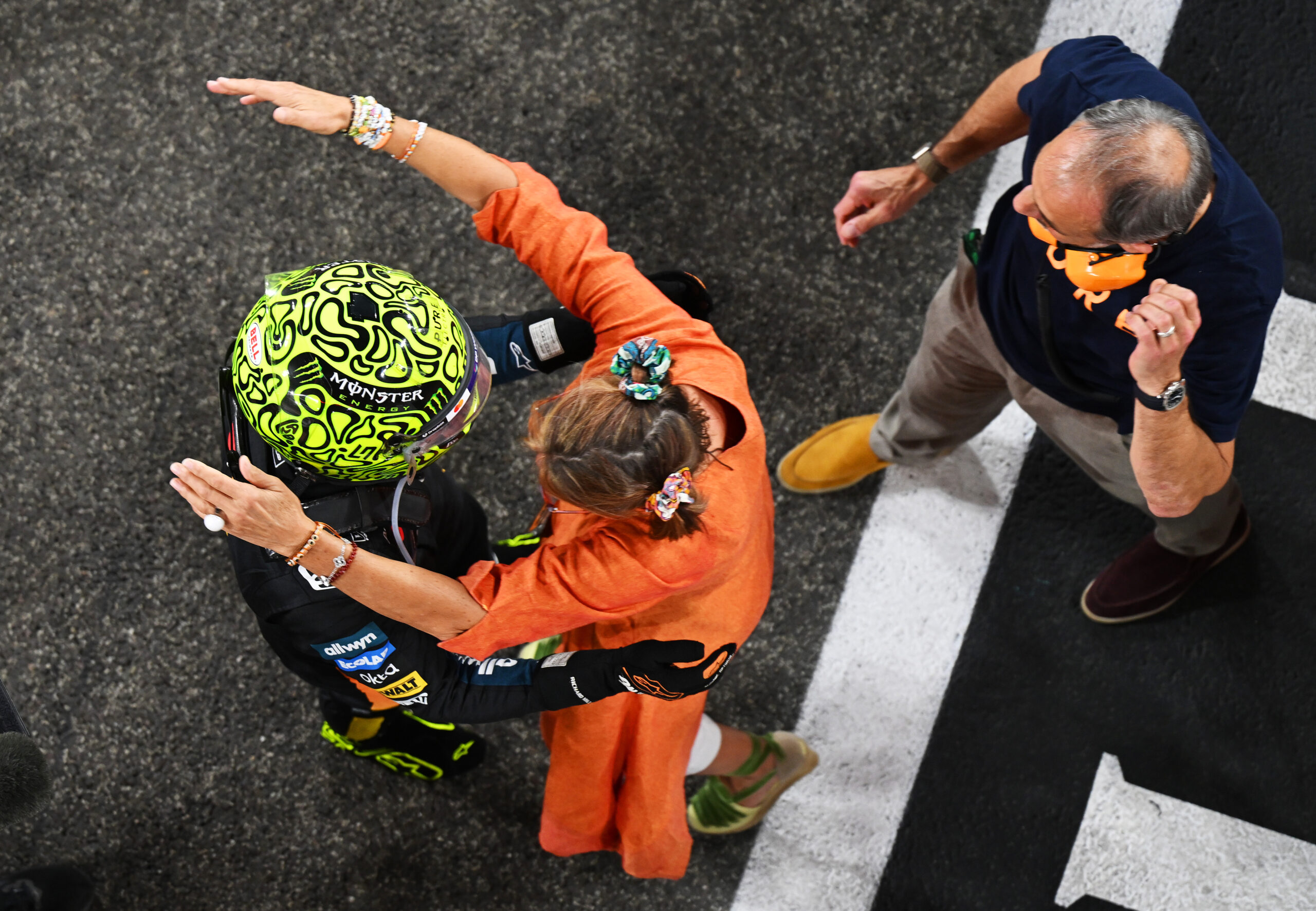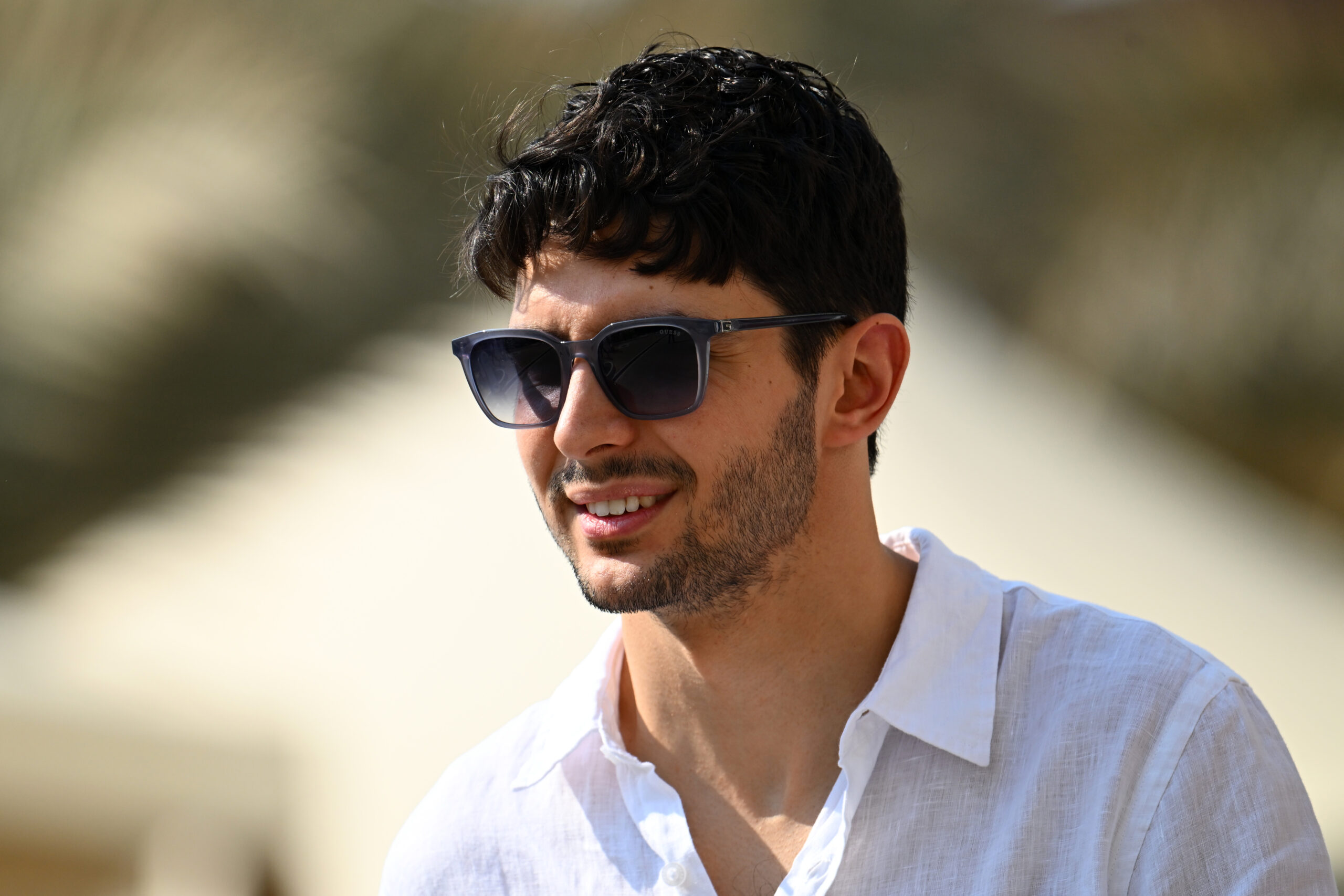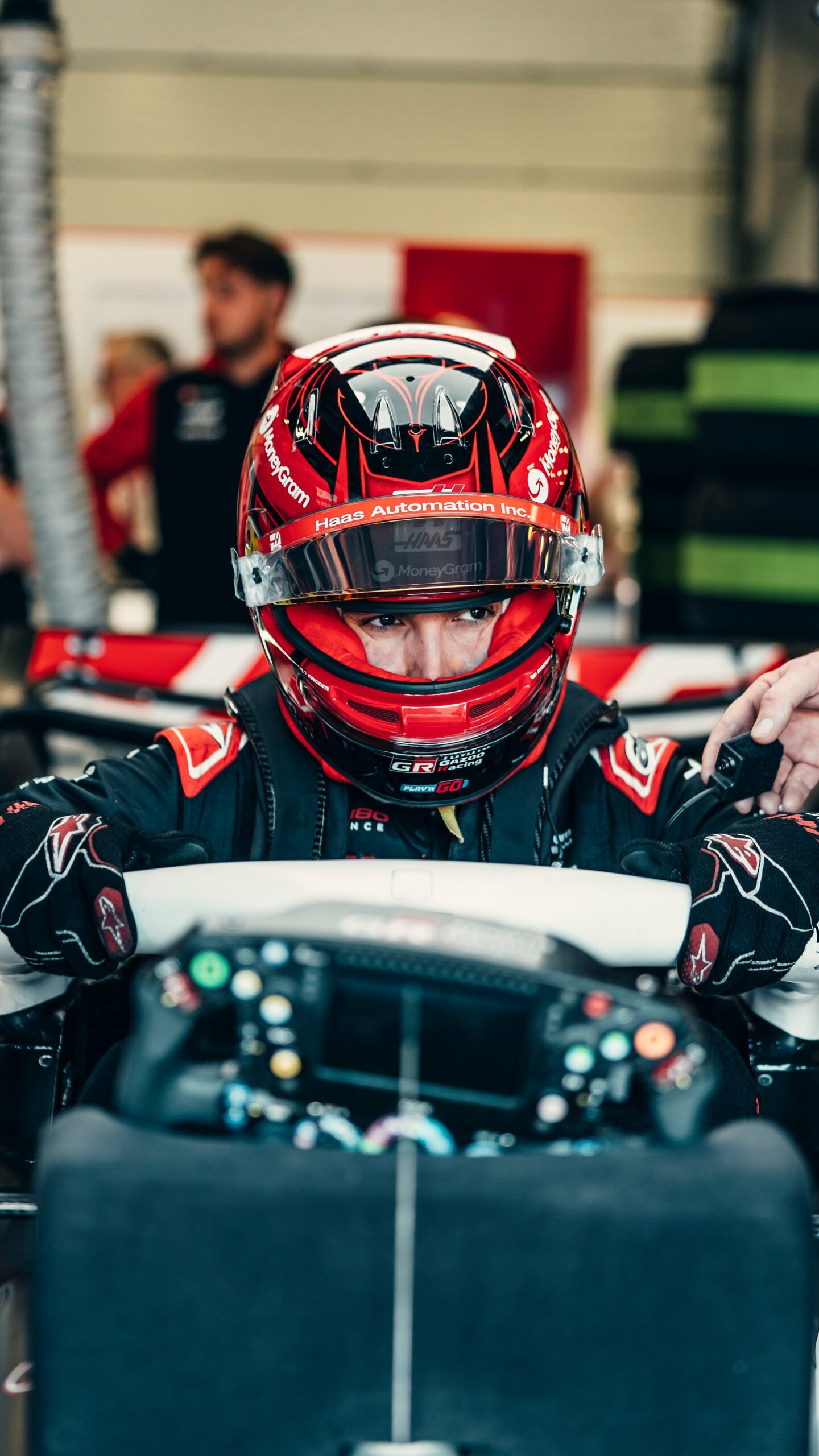Red Bull’s chief engineer Paul Monaghan gave an update prior to the F1 Summer Break as to how the Red Bull Power Trains project is progressing.
Red Bull Racing have a heritage of several different engine partners over the years. When the team entered Formula 1 in 2005, they did so with an engine manufactured and supplied by Cosworth – an easy carryover as it was the same supplier used by Jaguar Racing, Red Bull’s predecessor. Another single season partnership followed for the Milton Keynes based team as they then ran a Ferrari engine in their 2006 F1 challenger. A far lengthier partnership then followed as they joined forces with Renault from 2007 to the end of the 2018 F1 season. In that time, the team claimed 4 F1 Drivers’ titles and 4 F1 Constructors’ Championships.
Following this came Honda until the engine manufacturer announced that it would leave F1 as an official supplier after the 2021 season. However, due to the engine freeze, Honda was able to remain as an unofficial supplier due to the fact that no further research and development was required – hence the team being called Red Bull Honda Racing RBPT in the standings.
However, the end of the 2025 F1 season will see Red Bull Racing and Honda’s successful association officially come to an end. Following this, the 2026 F1 season will see Red Bull Racing on the grid as an independent engine and chassis manufacturer as the car will run an in-house Red Bull Powertrains PU (Power Unit) – in partnership with Ford.
During the weekend of the Belgian Grand Prix, Red Bull’s chief engineer Paul Monaghan shared his thoughts about the ambitious project being undertaken at Milton Keynes which has to also take new regulations into account.
“If you looked at it as team plus PU supplier – we’re changing PU, aren’t we? – the fact that you throw in a different set of regulations merely adds to the complexity,” Monaghan explained. “The work I have seen between the Red Bull chassis side and the Red Bull Powertrain side is as good, if not stronger, than I’ve seen with any of our power unit suppliers.”
Monaghan went on to praise their current engine supplier and also spoke positively about the project in a way which must be ominous for the rest of the grid who no doubt hoped that the regulations resetting would see the field get closer together.
“We’re very indebted and very grateful to Honda for everything they’ve done with us but, now we are all under one umbrella, I think the opportunity to be better merged with the power unit is one that we can’t forget or give up or deny ourselves,” Monaghan said. “If we want to be as strong as we can be in ’26, we have to make that project work. So, the challenges are there but, equally, the scope to do, at least, as good a job if not a better one than we’ve enjoyed with Honda is there for us.”
Red Bull will not be alone in this venture as last year saw them announce Ford as their partners. The automotive giant will be responsible for providing technical assistance moving forward for the 2026 engine.
Red Bull Racing have raised the bar in terms of performance following their recent dominance with Honda and the team looks set to claim both F1 titles again in 2024 although McLaren seem set to make them really work for it for this time. As to what can be achieved in the future, no one knows but the soundbites coming out of Milton Keynes make one feel that Red Bull Racing Power Trains will be more than a match for any other team on the grid in 2026 and beyond.





